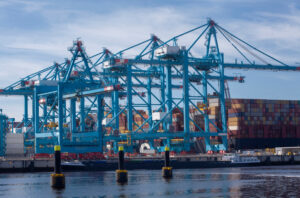The Nautical Institute has launched a book, which looks at major casualties and the lessons that can be learned, setting out good practice to avoid them in future. The book examines nearly 30 casualties and the problems of fatigue, bridge resource management, Colregs and other issues where human factors contributed to the accidents.
In his foreword to the book, Koji Sekimizu, Secretary-General of the International Maritime Organization, said: “This timely publication from The Nautical Institute should provide a crucial guide for every mariner serving at sea and serve to assist in reducing collisions and groundings. The publication is written in maritime English for international mariners. Each chapter can be read individually, thus forming a valuable onboard resource.”
An international group of authors, including accident investigators, master mariners, navigation specialists and university lecturers used their experience and knowledge to look at the mistakes that have led to collisions and groundings.
The need for risk assessment in advance of a voyage is highlighted in many ways, including bridge resource management and passage planning.
The authors looked into the future, to identify trends that may impact on navigational risk and suggest ways to mitigate them.
David Pockett, a leading casualty investigator and a member of the panel of Special Casualty Representatives at Lloyd’s, said: “Spatial issues too will become ever more of a challenge. The continued exploration for hydrocarbons offshore and implementation of renewable energy systems will have an impact on navigation, particularly in coastal areas.”
He said that with the prospect of autonomous ships and increased involvement of VTS might be a case of “the navigator navigating or being navigated, or perhaps
moving from active to passive navigation.”
Captain Nick Nash FNI, a Vice-President of the institute, said: “We have been informing the world about the dangers of fatigue and lobbying for change for decades. The danger of operating a master/mate six on/six off system is that the ship cannot comply with the ISM Code and its own SMS. Or at best, has great difficulty in complying. Extreme fatigue in all watchkeepers is bound to result.
“The overall message from the book and the seminar is that everyone can learn from the mistakes of others and everyone has a part to play in ensuring that training and experience are used effectively to keep vessels safe. Onboard training and mentoring may hold the key, and the navigation bridge is an ideal place for this to take place.”








